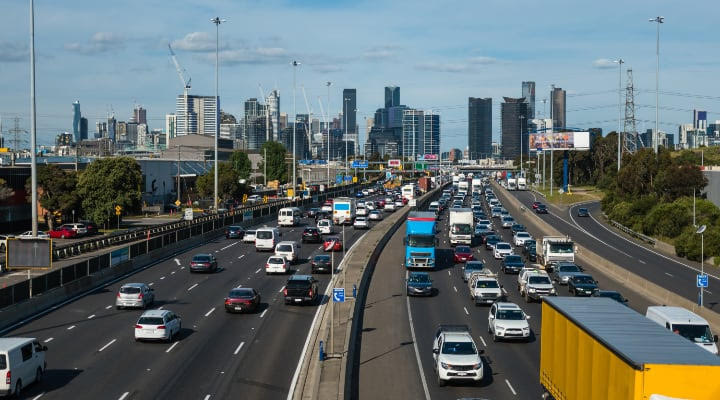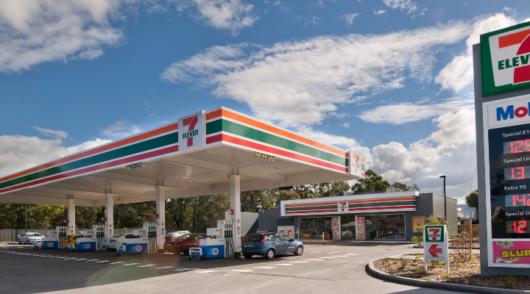Australia produces around 3 per cent of global Co2 emissions, making us one of the highest polluters per capita Co2 emitters in the world. With governments refusing to make strong changes it’s up to individuals and businesses to step in and provide the change we want to see.
We have seen a growing urgency around climate change concerns globally, with both temperatures and sea levels on the rise. Greenhouse gasses have increased by 40 per cent in the last two decades, as well as with air pollution being a major contributing factor to premature respiratory illnesses.
Here in Australia, the transport and delivery sector is just behind the energy sector as one of the biggest contributors to our environmental degradation. Both industries combine to contribute to roughly 70 per cent of Australia’s greenhouse gas emissions. One of the main reasons for this is due to the fact that the transport industry itself has experienced the largest growth in recent years by over 65 per cent and the industry is mainly paper based. Which makes it near impossible to understand the most efficient ways to plan deliveries and manage empty trucks.
So how can we try and remedy this?
The Australian Department of Infrastructure, Transport and Regional Development has introduced a number of policies to regulate both light and heavy vehicle emissions for cleaner air as well as fuel consumption labelling for all transportation vehicles. In line with these regulations, transport and freight businesses can aim to help create a greener and cleaner future through route optimisation and moving to paperless record systems with the utilisation of empty load space. However the challenge remains when it comes to change management, many businesses lack the tools and the support to implement the appropriate changes and the understanding of what data and system functionality is required in order to run their delivery management efficiently.
In this era of innovation, we have seen technological advances take hold and propel us into the future with the creation of delivery platforms focusing on the last mile and crowdsourced same day delivery models. This new tech is changing the delivery landscape when it comes to improving transparency moving from paper to real time track and trace whilst providing a better overall customer experience. This is still relatively new for many companies who outsource their last mile delivery to add great value however, it does not correlate back to other key business metrics such as the cost per delivery, cost per km and carbon emissions.
When outsourcing to third party carriers this information is either paper based or non-existent but can also be the case even if they are managing their own fleet. Having access to the real time data including route information, idle time and time per delivery enables you to see the areas that are contributing to a negative environmental impact. These insights create the opportunity to become more efficient and reduce unnecessary emissions.
Delivery management software platforms and third party carriers tend to focus more on the whereabouts of the delivery and less on the efficiency of the route, costs and impact. Within the delivery industry, the impact of delays run parallel with environmental pollution. If you cannot effectively understand your kilometres travelled, manage your fleet and optimise your routes, how can you ensure you are minimising your impact?
With around 20-29 per cent of trucks on the road everyday with empty loads, this provides an opportunity to reduce your carbon footprint through empty load optimisation or what is often called “backloading”.
This is a smart tool as it increases the efficiency of a fleet whilst reducing the total number of trucks required on the road at any one time. This not only has a positive impact on the environment but also on the businesses bottom line.
When looking for a software partner for your delivery management needs, it is important to ensure that all key areas are visible and the data is useful, accurate, transparent and in real time. The SubTrux platform offers a wide variety of tools that also provide route optimisation and “empty load optimisation” with full visibility of all the gaps business struggle to access within the delivery process.
With the DIFOTX dashboard at a glance you have easy access to all the essential real time data including costs per km, cost per delivery, idle time, capacity, time per delivery and even calculate your carbon emissions.
Having access to this information enables businesses to not just offset carbon via credits but, reduce their greenhouse gas emissions and operate more efficiently, saving money on fuel and reducing wear and tear on company vehicles.
Contact SubTrux today for more information on how our platform can help you minimise your carbon footprint, maximise your efficiency and reach your businesses full potential.
subtrux.com Tel: 1300 931 516.






